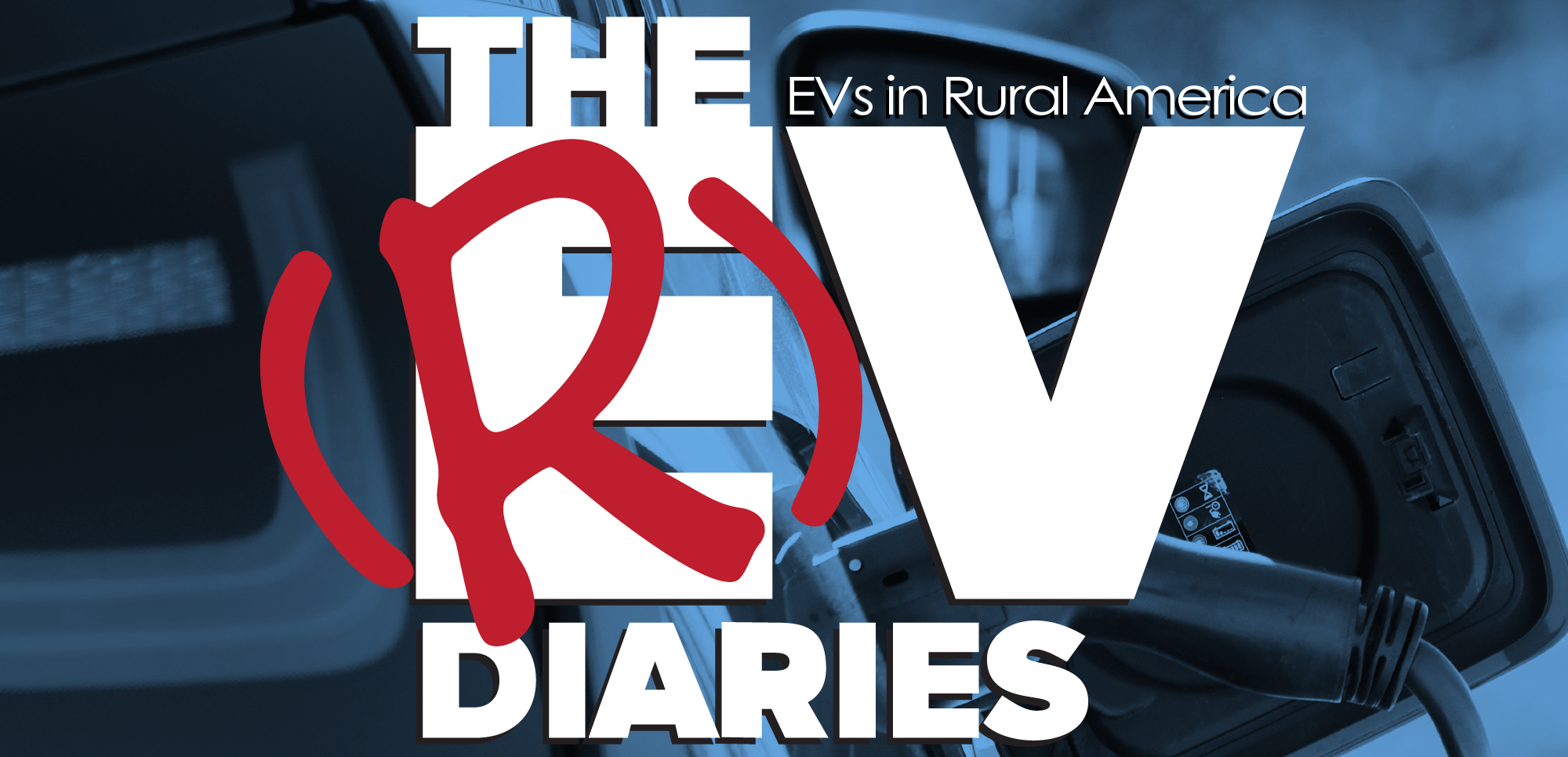Many states are taking steps to get ahead of autonomous commercial vehicles that will eventually be part of everyday life. Kentucky, too, is debating a house bill that will set limitations and guidelines for this emerging technology driven by AI .
While one can debate the pros and cons of AI and the long-term effects on the human race, we agree that there is a need for guidelines and tempered expectations. The truth is, from my perspective, that AI is a beneficial tool, but in the hands of most people, becomes a shortcut to an outcome and will eventually be used for unscrupulous purposes.
Humans are inherently lazy and I am no exception. I have to force myself to do the work to to become better each day. I believe it is a God-given desire inside of me, but I still have to fight the natural urge toward inaction. Also, I don’t believe most people are evil, there are bad people who will prey on others without remorse and AI will make that more prevalent.
That being said, there are wonderful opportunities for AI to improve our lives yet destroy our lives… maybe simultaneously. Creativity is the birthright of humanity and it will be so easy for us to give it away to AI in such a way that it is lost to antiquity. At that point, the human “being” is lost. Without purpose, Man cannot exist. In the words of Viktor Frankl, “When we are no longer able to change a situation, we are challenged to change ourselves.” This is where we must learn to live, because the machine has risen.
We Can’t Ignore the Danger. We Must Conquer It. -Optimus Prime
Podcast: Play in new window | Download
Subscribe: RSS
